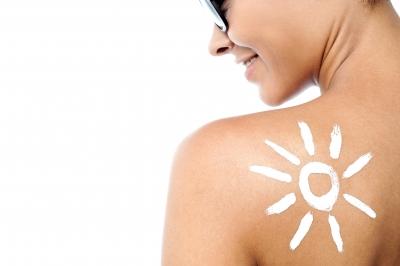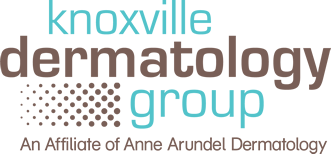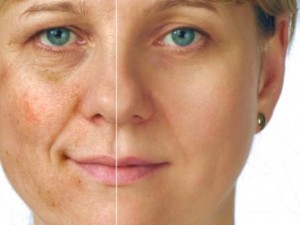
Despite the English translation, photoaging has nothing to do with photos. The prefix “Photo” stems from the Greek word “phos,” meaning light. Photoaging is the early aging of the skin caused by extended exposure to ultraviolet radiation. When UVA and UVB rays penetrate the skin, they damage the epidermis and dermis, the two outer layers of the skin. Skin cells die if they are damaged too extremely. Skin cells that survive the rays imperfectly repair the skin, forming photoaging, pigmented spots and skin cancer.
Signs of photoaging include: various pigment spots, fine wrinkles around the mouth and eyes, leathery or saggy skin, and spider veins on the face. Actinic keratoses, scaly rough spots on the skin, are a more serious sign of photoaging and may be pre-cancerous. See a dermatologist for treatment if this starts to occur. There are many chemical and medical treatments to help with photoaging. A dermatologist can help decide what treatment is best for your skin.
Photoaging builds up over time and is best prevented with sun protection. Simple precautions such as seeking shade, wearing wide-brimmed hats and applying sunscreen liberally help decrease chances of photoaging. Broad-spectrum sunscreen with a minimum of SPF 30 should be applied when in the sun, especially at the sun’s most powerful time of the day, between 11 a.m. and 3 p.m.

